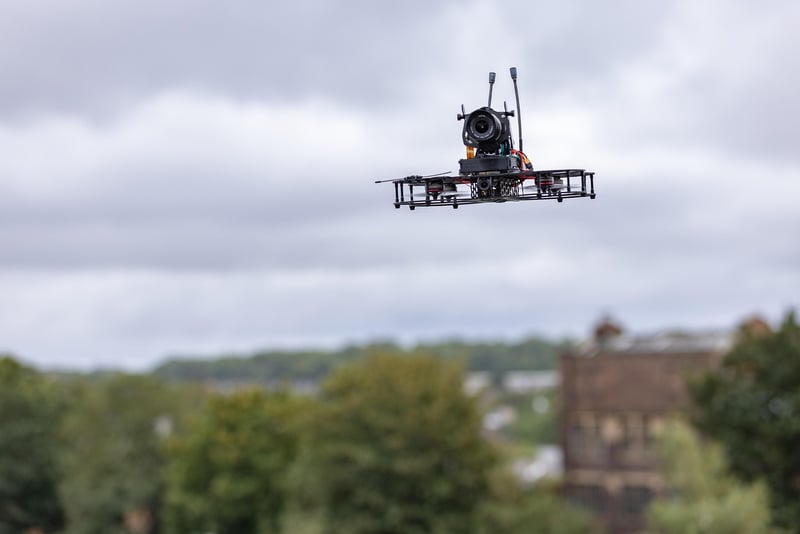Urban air mobility
The Future of Transportation: Next-Gen Airborne Vehicles and Urban Air Mobility
Rapid advancements in technology are revolutionizing the way we think about transportation. One of the most exciting developments in this field is the emergence of next-generation airborne vehicles and urban air mobility (UAM) solutions. These innovations promise to transform the way we move around our cities, offering faster, more efficient, and environmentally friendly modes of transportation.
What are Next-Gen Airborne Vehicles?
Next-gen airborne vehicles refer to a new class of aircraft that are designed to be more sustainable, autonomous, and versatile than traditional airplanes or helicopters. These vehicles often incorporate electric propulsion systems, advanced materials, and cutting-edge avionics to enhance performance and reduce environmental impact.
Companies like Airbus, Boeing, and startups such as Joby Aviation and Lilium are at the forefront of developing next-gen airborne vehicles. These aircraft range from electric vertical takeoff and landing (eVTOL) drones to autonomous air taxis capable of transporting passengers across urban areas.
The Rise of Urban Air Mobility (UAM)
Urban air mobility (UAM) is a concept that envisions a future where on-demand air transportation services are integrated into existing urban transportation networks. UAM aims to alleviate traffic congestion, reduce emissions, and provide faster commute times for urban residents.
With the advent of electric propulsion systems and advancements in autonomous flight technology, UAM is becoming a reality. Companies like Uber Elevate, Volocopter, and EHang are working on developing air taxis and drone delivery services that could soon be a common sight in our skies.
The Benefits of Next-Gen Airborne Vehicles and UAM
- Reduced congestion: By taking to the skies, airborne vehicles can bypass traffic congestion on the ground, offering faster and more efficient transportation options.
- Environmentally friendly: Electric propulsion systems and sustainable materials used in next-gen aircraft help reduce emissions and lower the carbon footprint of transportation.
- Improved connectivity: UAM services can connect remote areas to urban centers, improving accessibility and mobility for all residents.
- Enhanced safety: Advanced autonomous systems and redundant safety features make next-gen airborne vehicles and UAM services extremely safe and reliable.
The Future is Sky-High
As we look towards the future of transportation, next-gen airborne vehicles and urban air mobility are poised to play a significant role in shaping how we move within and between cities. These innovative solutions promise to make transportation faster, greener, and more accessible for everyone.
Get ready to look up to the skies and witness the dawn of a new era in urban transportation!


